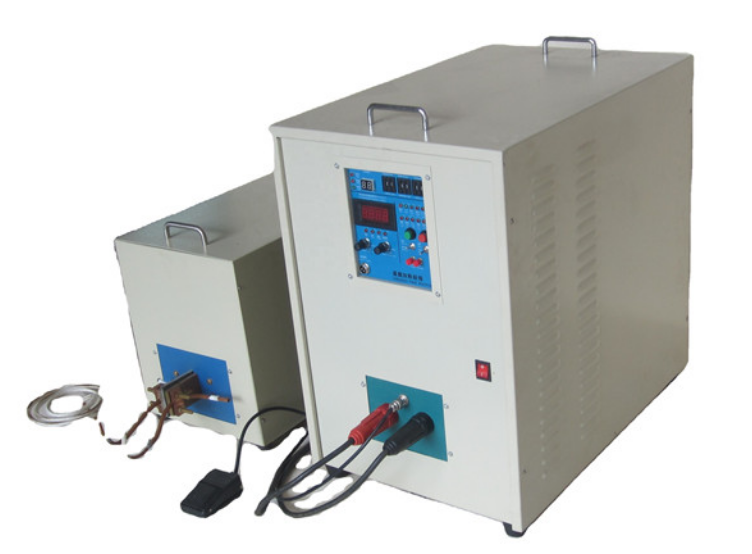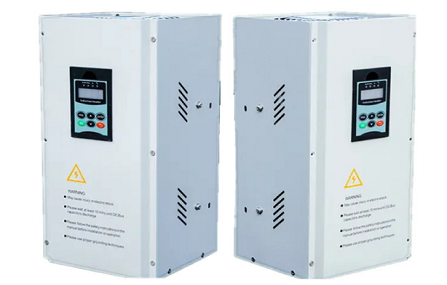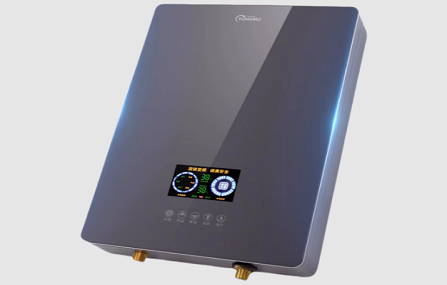Induction quenching is a specialized heat treatment process that plays a crucial role in enhancing the durability and strength of various metal components. By utilizing advanced technology and precise control, induction quenching machines offer a reliable and efficient method for achieving desired hardness levels, improving wear resistance, and extending the lifespan of critical components. In this comprehensive guide, we will delve into the intricacies of the induction quenching machine process, exploring its principles, benefits, applications, and operational steps.
Understanding Induction Quenching Process
Induction quenching is a surface hardening technique that involves rapid heating and cooling of a metal component to create a hardened layer, also known as a martensitic structure, on the surface. This process significantly improves the component's mechanical properties, such as hardness and wear resistance, while maintaining the core's toughness. It is commonly used to enhance the performance and longevity of components subjected to high wear, such as gears, shafts, bearings, and automotive parts.
Benefits of Induction Quenching
The induction quenching machine process offers several benefits that make it a preferred choice in various industries:
1. Precision and Control
Induction quenching machines provide precise control over the heating and cooling rates, resulting in consistent hardness profiles and minimized distortion. This level of control ensures that critical dimensions of the component are maintained, reducing the need for additional machining or finishing.
2. Energy Efficiency
Compared to conventional methods like flame or furnace heating, induction quenching is more energy-efficient. The localized heating minimizes heat loss and reduces overall energy consumption.
3. Reduced Distortion
The rapid heating and cooling cycles of induction quenching minimize thermal stress and distortion, preserving the component's original shape and dimensions.
4. Improved Hardness
The hardened layer produced through induction quenching exhibits exceptional hardness, wear resistance, and surface finish. This makes the component suitable for demanding applications that involve friction and abrasion.
5. Enhanced Productivity
Induction quenching is a fast process that requires minimal setup time. This leads to increased productivity and reduced lead times for manufacturing operations.

60KW/30-80Khz High Frequency Induction Heating Quenching Machine (Water-cooled Type)
Operational Steps of Induction Quenching Machine
The induction quenching machine process involves several key steps:
1. Preheating
The component is preheated to a temperature that prepares it for the quenching process. This preheating phase reduces thermal shock during rapid heating.
2. Induction Heating
A high-frequency electromagnetic field is generated around the component using an induction coil. This field induces eddy currents within the component, leading to rapid and controlled heating of the surface layer.
3. Quenching
Once the desired temperature is reached, the component is rapidly cooled by a quenching medium, such as water or oil. This rapid cooling transforms the heated surface layer into a hardened martensitic structure.
4. Tempering
In some cases, a tempering step follows quenching. Tempering involves reheating the component to a specific temperature to relieve internal stresses and enhance toughness.
Applications of Induction Quenching
The induction quenching process finds applications in a wide range of industries:
1. Automotive Industry
Induction quenching is used for hardening critical automotive components like crankshafts, camshafts, gears, and axles. These components experience high levels of stress and wear, making induction quenching essential for their longevity and performance.
2. Manufacturing Industry
Various manufacturing machinery components, such as tooling and dies, benefit from induction quenching to achieve the necessary hardness for precision operations.
3. Bearings and Shafts
Induction quenching is commonly employed in producing durable bearings, gears, and shafts used in industrial equipment.
Conclusion
The induction quenching machine process stands as a powerful solution for enhancing the durability and strength of metal components across diverse industries. Its ability to provide precise control, energy efficiency, reduced distortion, improved hardness, and enhanced productivity makes it a valuable asset in modern manufacturing processes. By understanding the principles and benefits of induction quenching, industries can make informed decisions to optimize component performance and extend the lifespan of critical machinery parts.
Hitfar is a well-known domestic high-tech enterprise in manufacturing electromagnetic induction heating machines of high frequency, medium frequency and low frequency.
Our induction heating machine have been widely used in metal quenching, hardening, annealing, brazing, smelting, hot forging and assembly. ZC-EH series induction heater are famous for energy saving 30%-80% in applications of plastics & rubber industry and other industries instead of traditional heater.
If you want to read more information about induction quenching machine, see our products:
https://www.inductionmachinery.com/induction-heater/






